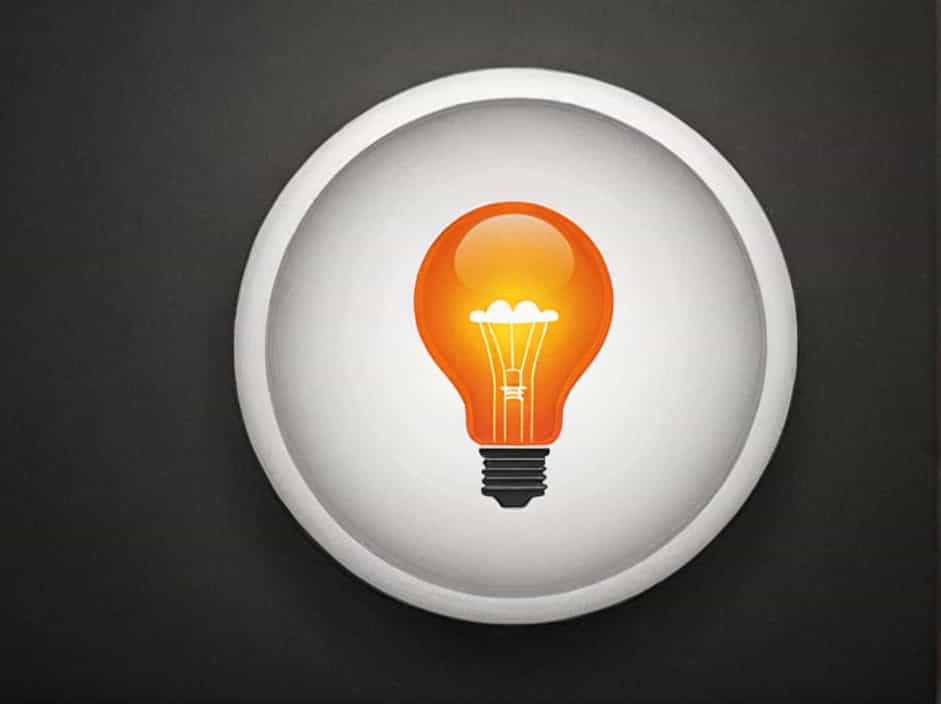The word “bulbous” is commonly used in the English language to describe something that is round, swollen, or shaped like a bulb. This term can be applied to various objects, body parts, and even plants. From botany and anatomy to everyday descriptions, “bulbous” is a versatile adjective that helps paint a vivid picture of size and shape.
In this topic, we will explore the definition of bulbous, its origins, usage in different contexts, and examples in sentences to help you understand and use this word effectively.
Definition of Bulbous
The word bulbous is an adjective that means:
- Having a rounded or swollen shape, resembling a bulb.
- Fat, protruding, or thickened in appearance.
- Relating to or having bulbs, as in plants.
Word Origin
The term “bulbous” comes from the Latin word “bulbosus”, which is derived from “bulbus”, meaning bulb or onion-shaped object. The word has been in use since the late 16th century to describe things that are rounded or swollen.
Common Uses of the Word Bulbous
The word bulbous can describe various things, including body parts, plants, objects, and even architectural designs.
1. Bulbous in Anatomy and Body Features
In anatomy, bulbous is often used to describe body parts that appear swollen, thick, or round.
- Bulbous Nose: A nose that is round, enlarged, and thick at the tip, often seen in individuals with conditions like rhinophyma.
- Bulbous Eyes: Protruding or swollen eyes, sometimes due to medical conditions like thyroid eye disease.
- Bulbous Fingers or Toes: Thick or swollen digits, which can be a sign of clubbing, a condition linked to lung disease or circulation problems.
Example Sentences:
- His bulbous nose made his face look more distinctive.
- The disease caused his fingers to become bulbous over time.
2. Bulbous in Plants and Nature
The term is frequently used in botany to describe plants that grow from bulbs, such as:
- Tulips, onions, and daffodils are bulbous plants because they develop from underground bulbs.
- Some tree roots form bulbous knots, giving them a unique appearance.
Example Sentences:
- She planted bulbous flowers in the garden for a colorful spring bloom.
- The tree had bulbous roots protruding from the soil.
3. Bulbous in Objects and Everyday Descriptions
Objects that have a rounded or swollen shape can also be described as bulbous. Some examples include:
- Bulbous glass vases that have a wide, rounded body.
- Bulbous car headlights that protrude from the front of vintage vehicles.
- Bulbous clouds in the sky before a storm.
Example Sentences:
- The bulbous vase gave the room an artistic touch.
- His new car had bulbous headlights, reminiscent of old-fashioned designs.
4. Bulbous in Architecture
In architecture, bulbous domes or bulbous towers refer to structures with onion-shaped tops, common in Russian and Middle Eastern designs.
Example Sentences:
- The cathedral featured bulbous domes, making it a remarkable landmark.
- The ancient palace had bulbous columns that added to its grandeur.
Synonyms and Antonyms of Bulbous
Synonyms (Words Similar to Bulbous)
If you want to describe something swollen or rounded, you can use these synonyms:
- Rounded
- Swollen
- Puffy
- Protruding
- Curved
- Globular
- Blobby
Antonyms (Words Opposite to Bulbous)
The opposite of bulbous would be thin, flat, or angular:
- Flat
- Thin
- Pointed
- Slender
- Sharp
- Narrow
Example Sentences Using Synonyms and Antonyms:
- The swollen (bulbous) toe made it difficult to walk.
- The vase was thin (not bulbous) and sleek in design.
How to Use Bulbous in Everyday Conversation
The word bulbous is useful in both casual and descriptive writing. Here are some scenarios where you can use it naturally:
1. Describing Someone’s Appearance
- “He had a bulbous nose, which made him easily recognizable.”
- “Her bulbous eyes gave her an expressive look.”
2. Talking About Nature and Plants
- “I prefer planting bulbous flowers like tulips because they bloom beautifully in spring.”
- “The forest was filled with bulbous mushrooms, some of which looked poisonous.”
3. Discussing Objects and Designs
- “That old lamp has a bulbous base, making it look unique.”
- “The ancient temple is known for its bulbous domes.”
4. Medical or Scientific Discussions
- “People with severe allergies may develop bulbous swelling on their skin.”
- “A bulbous deformity in the joint can be a sign of arthritis.”
Interesting Facts About the Word Bulbous
- Used in Literature – The word “bulbous” is often found in classic literature to describe characters’ appearances, especially unusual noses or swollen body parts.
- Common in Botany – Many plants that grow from bulbs, such as onions, lilies, and tulips, are classified as bulbous plants.
- Seen in Architecture – Some of the most famous bulbous domes include the Saint Basil’s Cathedral in Moscow and Taj Mahal’s central dome.
The word bulbous is a descriptive term that means round, swollen, or bulb-shaped. It is commonly used to describe body parts (bulbous nose), plants (bulbous flowers), objects (bulbous vases), and architecture (bulbous domes). Understanding this word can help enhance your vocabulary and improve your ability to describe shapes and appearances more vividly.
By incorporating bulbous into your daily language, you can make your descriptions more detailed and engaging. So next time you see something round and puffy, try using the word bulbous!
